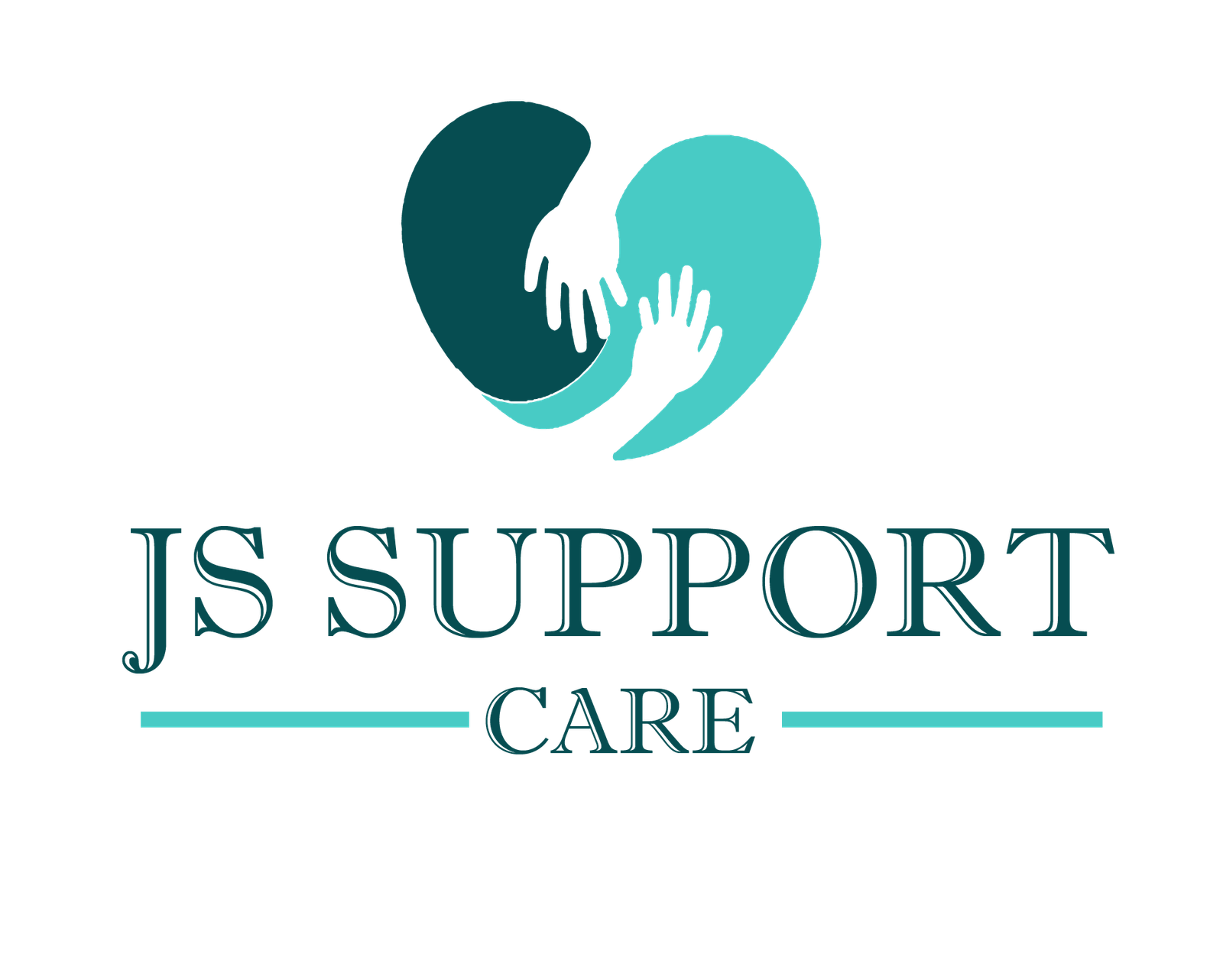Assist-Personal Activities

Comprehensive Employment Assistance
We assist with every aspect of your employment journey. Whether it’s helping you with job applications, preparing for interviews, or getting settled into your workplace, we offer practical solutions that are focused on making sure you feel supported and confident. We work with you to understand what type of work suits your interests and abilities, allowing you to engage in employment that feels fulfilling.


Ongoing Workplace Support
Finding a job is only the first step. Our commitment extends beyond employment placement, offering continued support to help you adapt to your new workplace. We provide advice on handling workplace relationships, understanding job requirements, and addressing any challenges that may arise. This way, you can remain in employment and grow in your role, with the assurance that we are always by your side.
Why our services are better than others?

Get started in just 3 steps


Initial Consultation
During this step, the provider meets with the participant to discuss their specific needs, goals, and preferences.

Service Agreement and Plan Creation
After the needs assessment, the provider drafts a service agreement outlining the support to be provided, including frequency, duration, and any associated costs.

Service Delivery and Ongoing Support
Once the service agreement is signed, the provider begins delivering the agreed-upon services.
why client love us
"sunnyaid Disability Services has been my lifeline. From the first contact, their genuine care and understanding were evident. The support workers are incredibly kind and supportive, helping me regain my independence and confidence.
"sunnyaid Disability Services has been my lifeline. From the first contact, their genuine care and understanding were evident. The support workers are incredibly kind and supportive, helping me regain my independence and confidence.
"sunnyaid Disability Services has been my lifeline. From the first contact, their genuine care and understanding were evident. The support workers are incredibly kind and supportive, helping me regain my independence and confidence.
"sunnyaid Disability Services has been my lifeline. From the first contact, their genuine care and understanding were evident. The support workers are incredibly kind and supportive, helping me regain my independence and confidence.
Jordan Eugenio
Bendigo, AustraliaBright Hive
Bendigo, AustraliaNova Wave
Bendigo, AustraliaJordan Eugenio
Bendigo, Australia

Helping You with Daily Routines in a Way That Suits You
Maintaining independence in daily personal activities can be a challenge, but with the right support, it’s possible to continue living with dignity and control. JS Support Care provides assistance with everyday tasks like dressing, bathing, grooming, and meal preparation. Our services are designed to make daily routines easier while respecting your choices and maintaining your comfort.
Assistance That Fits Your Lifestyle
Our personal care team works with you to ensure your daily routines run smoothly. Whether you need help with a few tasks or full support throughout the day, we adapt our services to meet your specific requirements. You’ll have the flexibility to continue your day as you prefer, knowing that assistance is always available when you need it.
Caring for Your Needs with Respect and Understanding
We take great care to provide assistance in a way that respects your personal preferences and routine. Our support workers are trained to assist with personal tasks in a manner that prioritises your dignity, comfort, and independence. From morning preparations to evening wind-down, our focus is on helping you manage your day with ease.
Let’s Talk About Your Personal Care Needs
If you need support with daily personal activities, contact us today. We’re here to help you maintain your independence and live comfortably.

Begin Your Job Search with Us
We’re dedicated to helping you find and keep the right job. Reach out to JS Support Care today to discuss how we can support your employment goals.
